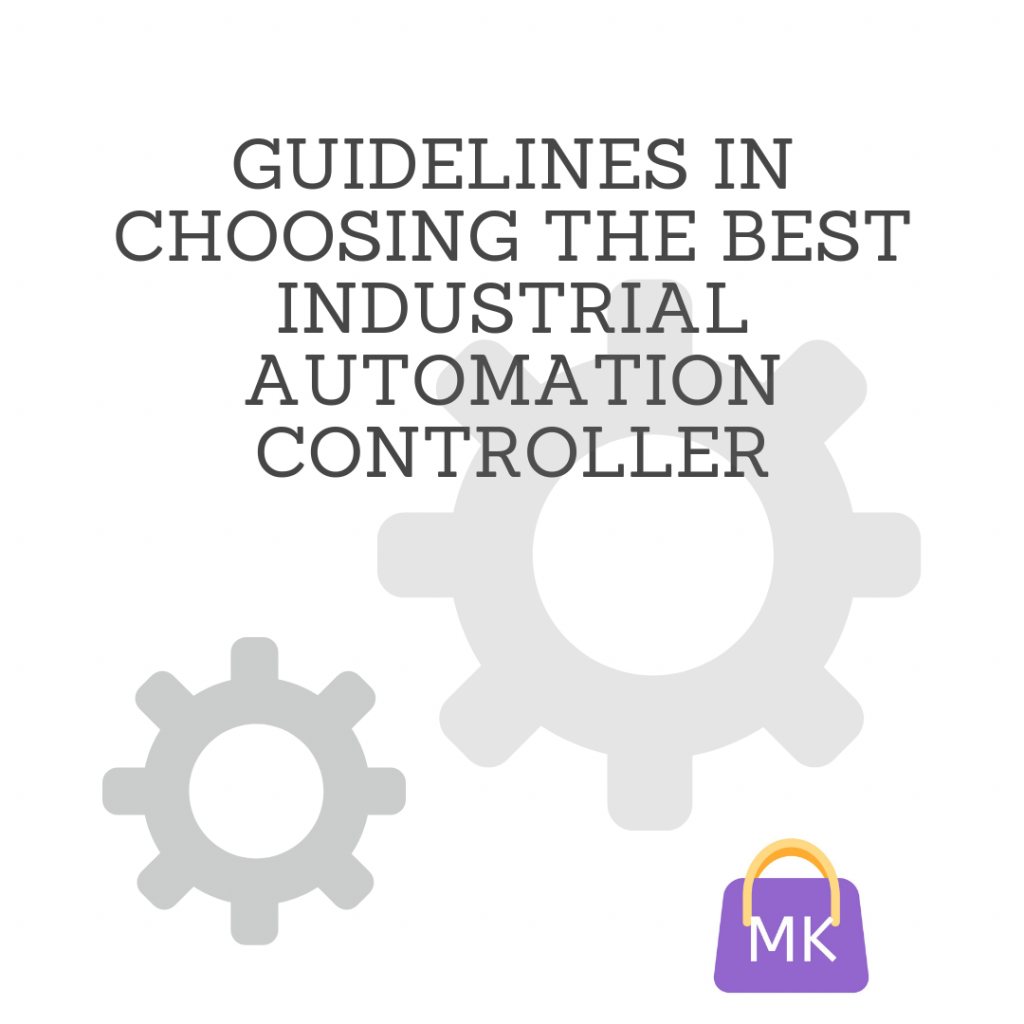

There are several most important items that engineers should consider when they are in the process of choosing a controller for machines and automation processes. The break down of the equipment’s needs for operations requires a starting point that helps the equipment to have an analysis of the different ranges of controllers being specified by OEMs or machine makers. This depends on the way the equipment is being operated to fit in the larger manufacturing environment, the system can be automated to give and provide concrete & complete solution to have control on the individual parts.
The controller specified for this is the programmable logic controller (PLC) or the programmable automation controller (PAC.) These control systems can have control over a single station, machine, process unit, assembly line or even the entire plant which it was installed. Once the integrated manufacturing system is being automated, the single control systems controller can use multiple expansion and remote input/output (I/O) bases. This now having communications that use Ethernet that can give end-to-end control. On the other hand, this application may require the compartmentalization of different automation systems that can be broken in the system. This can lead to multiple, logical sections. However, in this case, the automation should be spread among much smaller PLCs or micro ones but this depends on the demand and the functionality.
Most of the automation engineers will see this as the irreversible decision they can make between two choices. This can also have vastly different platforms but this not have to be the only case. Some of the controller systems offer different platforms, size options that use or utilizes the same programming software. However, the single programming environment can offer larger application flexibility that can help companies save time and money. These programs can be easily converted or located from one PLC to another PLC to adapt to the compatibility of the projects.
These are such critical and expensive equipment which would need some protection in case of several incidents such as, water from pipe leaking, water fire extinguisher in case of fire and many more. Therefore we need some cabinets, enclosures or boxes to protect this equipment. There are a lot of enclosures and cabinets, provide a different protection level in each different type categorized by an organization called NEMA enclosures, or standard such is IP ratings various used in Europe.
One of the hardest parts of deciding is if a single program should be operated on a large PLC or to have the same project operate on smaller PLCs. Each of this should only have the parts executed that are needed to run by the specific subsystem.
With this in mind, this is much complex compared to picking PLC, PAC, or PC-based controller-size that depends on its characteristics, capabilities, and other functions. In order to help engineers in deciding which is the best controller to be used for this kind of application, they should consider the following factors:
Automation needed for a new system
Existing environmental issues (depending on the application)
Communication and Programming
Location of I/Os
Analog and Discrete Devices
Loop Controls
However, regardless of whether the system is new or not, it can dictate several critical factors for selection. Once these products are already installed, it is a recommended practice to come up with a new system that is compatible with the existing one. A small number of controller products can possibly come from the same manufacturing plant, and they may not be compatible with other controllers.